Nationality French Labels Jean Patou Role Fashion Designer | Occupation Fashion designer Name Jean Patou Siblings Raymond Barbas | |
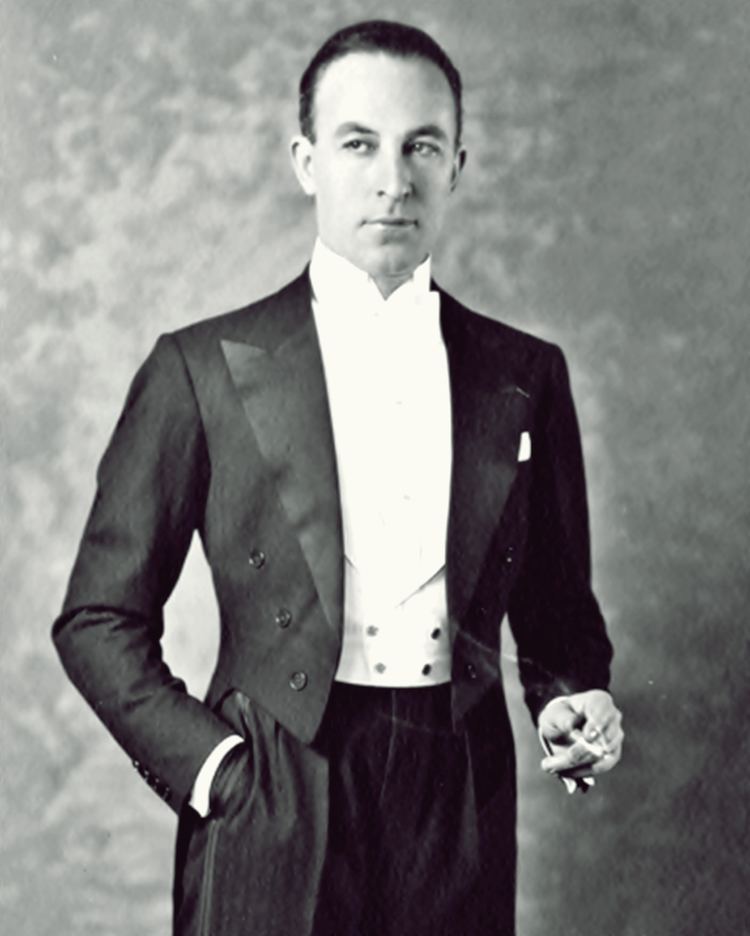 | ||
Died March 8, 1936, Paris, France Parents Charles Patou, Jeanne Grison People also search for Karl Lagerfeld, Pierre Balmain, Charles Patou, Jeanne Grison, Raymond Barbas | ||
Synd 03 02 69 french fashion designer jean patou shows his spring collection
Jean Patou ([ʒɑ̃ pa.tu]; 19 August 1880 - 8 March 1936) was a French fashion designer and founder of the Jean Patou brand.
Contents
- Synd 03 02 69 french fashion designer jean patou shows his spring collection
- Jean patou fashion show for the orient express paris to japan 1988
- Early life
- 1910s World War I and later
- 1920s
- 1930s
- Haute Couture
- Perfumes
- References
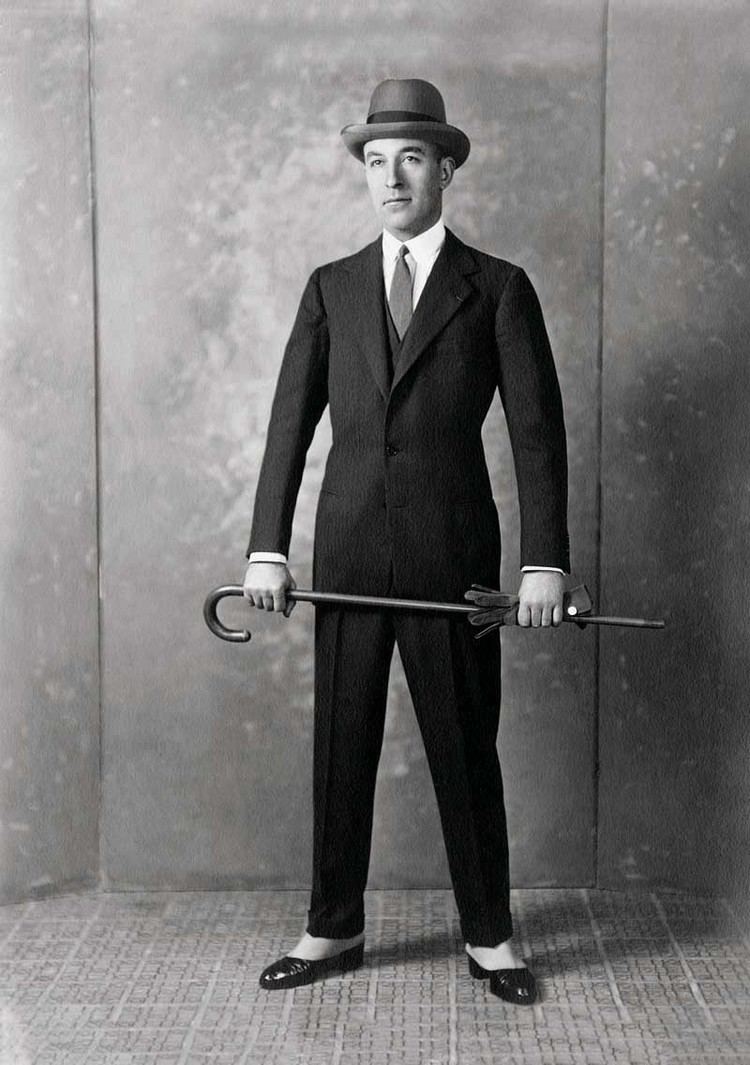
Jean patou fashion show for the orient express paris to japan 1988
Early life
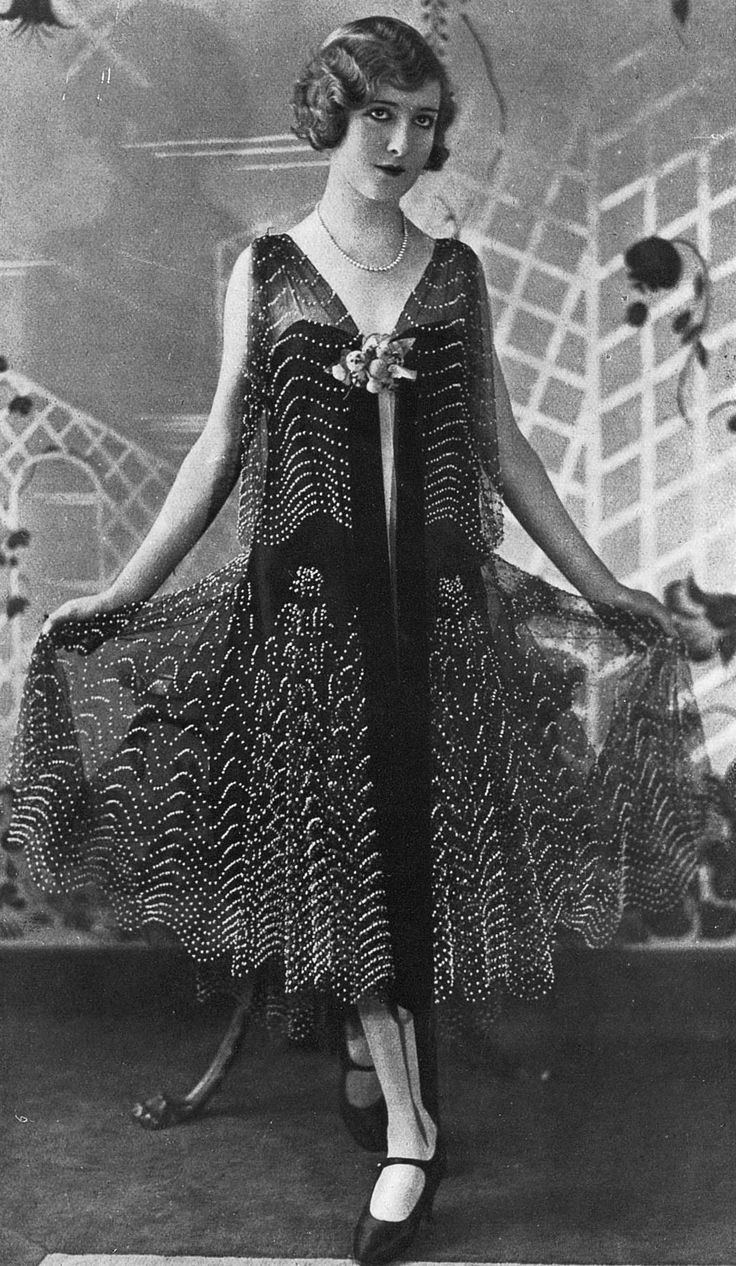
Patou was born in Normandy, France in 1880. Patou's family's business was tanning and furs. Patou worked with his uncle in Normandy, then moved to Paris in 1910, intent on becoming a couturier.
1910s - World War I and later

In 1912, he opened a small dressmaking salon called "Maison Parry". His entire 1914 collection was purchased by a single American buyer. Patou's work was interrupted by World War I. He was mobilised in August 1914, shortly after the German invasion of Belgium. Patou served as a Captain in the Zouaves Reopening his couture house in 1919, he became known for eradicating the flapper look by lengthening the skirt and designing sportswear for women and is considered the inventor of the knitted swimwear and the tennis skirt. He, notably, designed the then-daring sleeveless and knee-length cut tennis wear for Suzanne Lenglen. He also was the first designer to popularize the cardigan and moved fashion towards the natural and comfortable.
1920s
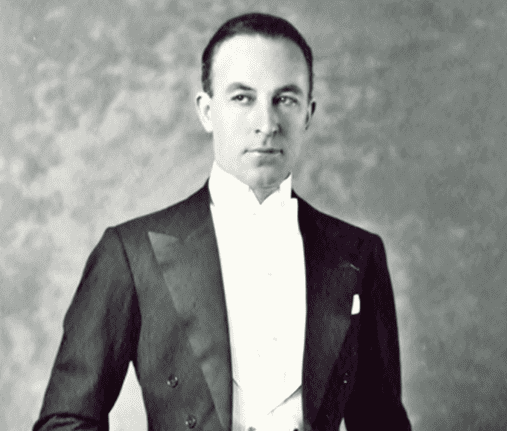
Jean Patou is credited with inventing the "designer tie" in the 1920s when men's ties, made in the same fabric as the women's dress collection, were displayed in department stores next to Patou's perfume counter. The designer tie style is still prominent amongst contemporary fashion designers, such as Louis Feraud, Timothy Everest, Duchamp and Paul Smith and Patrick McMurray.
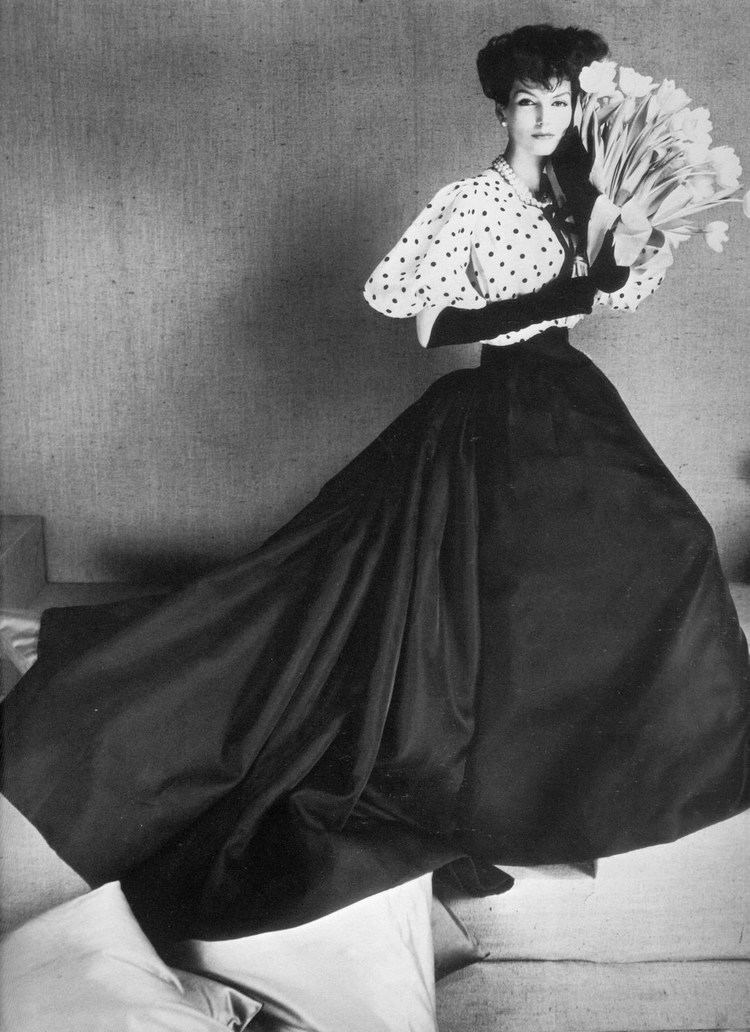
In 1925 Patou launched his perfume business with three fragrances created by Henri Almeras. In 1928, Jean Patou created "Huile de Chaldee", the first sun tan lotion.
1930s
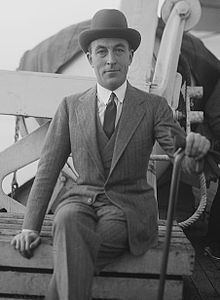
Patou's clothes were marketed mostly to rich American women. When the stock market crashed, however, so did the market for luxury fashion. The House of Patou survived through its perfumes, which remain well known today. The best known of Patou's perfumes is "Joy," a heavy floral scent, based on the most precious rose and jasmine, that remained the costliest perfume in the world, until the House of Patou introduced "1000" (a heavy, earthy floral perfume, based on a rare osmanthus) in 1972. Before Joy, the House of Patou released many other perfumes, many which were to celebrate particular events. For example, Normandie (an oriental forerunner to perfumes such as Yves Saint Laurent's Opium) celebrated the French ocean liner of the same name, and Vacances (a mixture of green and lilac notes) celebrated the first French paid national holidays. Other Patou perfumes of the same time were Amour Amour (the forerunner of Joy, using the same rose notes, but without the jasmine), Adieu Sagesse, Que Sais-Je? (these three were released at the same time; Patou's idea was that the light floral Amour Amour was suitable for blondes; the tart, spicy Adieu Sagesse for redheads, and the heavy floral Que Sais-Je? for brunettes), L'Heure Attendue (a wonderful, unique oriental perfume), Divine Folie (a floral vanilla), Caline (a wonderful chypre perfume, similar to the much later Diorling by Christian Dior), Moment Supreme (a perfume based on lavender), Colony (which had a strong pineapple note), Chaldee (Patou's Huile de Chaldee sun oil had become so popular, many customers were buying it purely for its smell, therefore, Chaldee the perfume (a dry musk) was produced), Le Sien (one of the first perfumes for men and women), and Cocktail (literally a floral cocktail). All these, with the exception of Le Sien, were re-released during the 1980s (under the name Ma Collection), and were available until recently, all in a 50ml Eau de Toilette Spray, 75ml Eau de Toilette bottle, and 30ml pure perfume bottle, each with a unique art deco box. A Jean Patou silk scarf, printed in a pattern complementing that of the box was included with the pure perfume. Joy remains the world's second best-selling scent (the first is Chanel No. 5), Joy was created by Henri Almeras for Patou at the height of the Great Depression (1935) for Patou's former clients who could no longer afford his haute couture clothing line.
Haute Couture
Patou died prematurely in 1936. His sister Madeleine and her husband Raymond Barbas continued the House of Patou.

Designers for the House of Patou have included Marc Bohan (1954–56), Karl Lagerfeld (1960–63) and Jean Paul Gaultier (1971–73). Christian Lacroix joined the label in 1981. The last fashion collection produced by the House of Patou label was in 1987 when the haute couture business closed following Lacroix's departure to open his own house.
Perfumes
After the closure of the haute couture business the company has continued to produce fragrances under the Jean Patou brand. Patou also produced fragrances for Lacoste, when Patou acquired the license in the 1960s, and Yohji Yamamoto in the 1990s.
From 1967-1999 Jean Kerleo was the house perfumer, he developed all their perfumes during that time including "1000" (1972) and "Sublime" (1992), "Patou Pour Homme" (1980).
In 1984, Jean Kerleo was responsible for the reformulation and reissue of twelve of Patou's most iconic fragrances from 1925-1964 in a series called "Ma Collection", including the first fragrances created for the house in 1925, the trio "Amour-Amour", "Que sais-je?" and "Adieu Sagesse". "Ma Collection" was sold in flacons modelled after the originals by Louis Sue.
Kerleo stepped down in 1999 appointing Jean-Michel Duriez as house perfumer. Duriez creations include "Un Amour de Patou" (1998), "Enjoy" (2003) and "Sira des Indes" (2006).
"Joy" was voted "Scent of the Century" by the public at the Fragrance Foundation FiFi Awards in 2000, beating its rival "Chanel No. 5".
Patou remained a family-owned business until September 2001 when it was bought by P&G Prestige Beaute a division of Procter & Gamble, which also market perfumes for Jean Kerleo and Karl Lagerfeld.
In 2011 Patou was acquired by Designer Parfums Ltd a UK-based firm. Thomas Fontaine is the house perfumer.
Of the 35 fragrances launched by the company in its 87 year history, only five remain in production.
